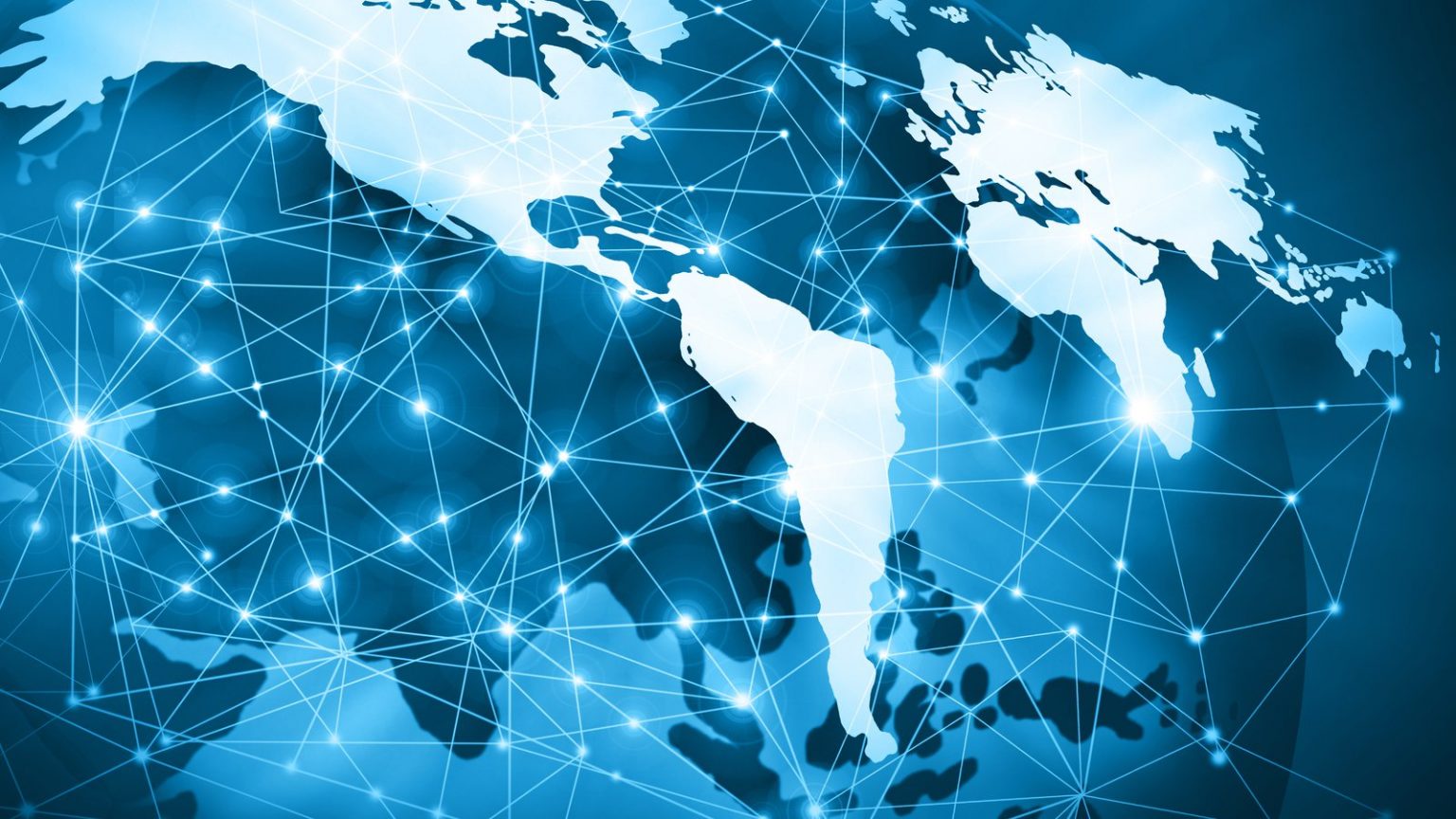The massive role that the internet plays allows for a lot of discussions to take place on it. A certain subsect of internet users passionately conducts discourses on practical aspects of the internet such as the quality of different internet service providers and technology. Another sector of the population indulges in more theoretical arguments about the overall impact of the internet and the things that came with it such as social media. Yet another group likes to discuss the history of the internet. If you are part of the group we mentioned last, it is time for you to rejoice as we will be discussing a very important aspect of the internet’s history – the evolution of the transmission of the internet. We will be discussing the different modes of transmission of the internet and when they were invented.
Dial-Up
Dial-up is the slowest mode of transmission used in the mainstream but it is also the most important. This is because dial-up internet was thought of as the founding mode of transmission of the internet. Basically, when no other method of transmission was available in the last decade of the previous century, only dial-up technology was available for the public to take advantage of the marvel that is the internet.
Second-Generation Mobile Internet (2G)
Considering using the internet on a stationary personal computer was a big deal in itself, you can only imagine how big of a deal it would have been when a telecommunications service provider first announced that it was going to allow for the usage of the internet on a mobile. This is what happened to have been the case when second-generation internet (2G) first became a thing.
Digital Subscriber Line
Around the turn of the century, the world witnessed something that made it forget its wonder boy – dial-up internet. The digital subscriber line technology used a similar cable to that used in dial-up – a phone cable. But, the similarities ended there. Compared to dial-up speeds of tens of kilobits per second, dial-up internet allowed for much faster speeds in the tens of megabits per second. These high speeds were the ones that were first categorized as broadband speeds. Digital subscriber line was the internet type with the most widespread usage in Organization of Economic Cooperation and Development countries up until 2019.
Cable Internet
Can you guess what took the top spot from the digital subscriber line in OECD countries in 2019? It was cable internet! It gained popularity not only from the broadband speeds it offered but also from the bundle packages that internet service providers offered. These bundle packages were the favorite because they allowed television and internet subscribers to save up on money if they subscribed to the same provider for both services.
Third-Generation Cellular Internet (3G)
This kind of mobile internet is used by people all around the world, especially the ones living in the parts of the developing world where 4G (fourth-generation) internet is not actually available. It was born a decade after the launch of its predecessor, the second-generation cellular internet.
Fiber
The next large step that the internet providers took in the transmission of the internet was the large-scale provision of fiber internet. The remarkable thing about fiber internet was that it allowed for whopping speeds of thousands of megabits per second. In fact, there are Xfinity internet deals featuring speeds of 3000 Mbps! The best part about fiber is that its price is not even that high compared to other forms of the net such as the digital subscriber line and cable internet.
As awesome as fiber is, it does have one major drawback. It is not available in many parts of the United States of America, let alone the world. While urban areas of the country usually have fiber internet provision, rural areas barely have it.
Fourth Generation Mobile Internet (4G)
Fourth-generation mobile internet(4G) allowed for a much better internet connection than its forerunner, third-generation (3G) mobile internet. Like fiber internet, 4G internet is also not yet available in all parts of the world.
Fifth Generation Cellular Internet (5G)
Fifth Generation Cellular Internet (5G) is the next big thing in the internet provision world. It is supposed to enable the wide-scale participation of humans in the metaverse.
Conclusion
In the end, let us celebrate how far the human race has come in terms of the development of the internet.


